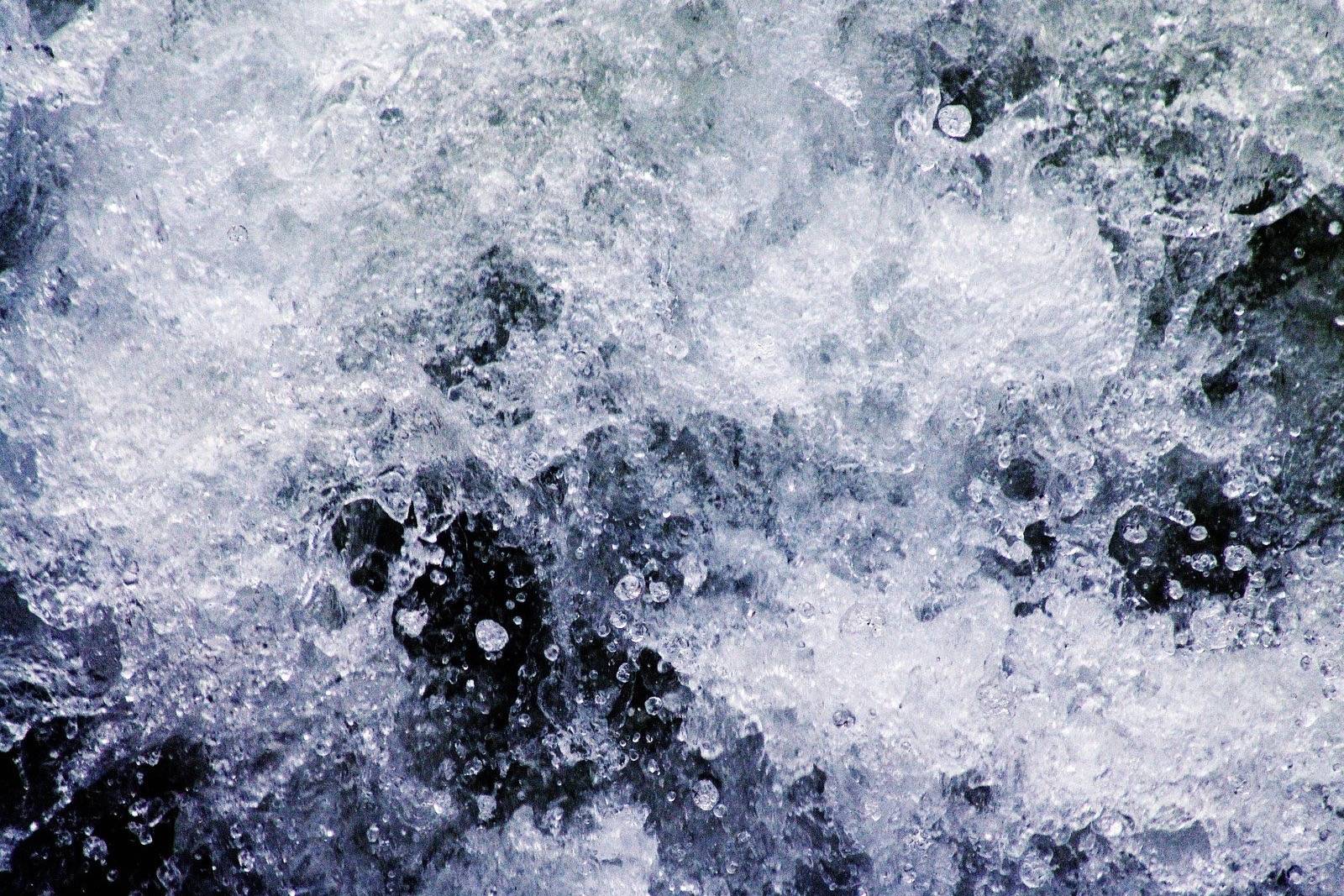A year ago, much of America’s heartland was inundated by Missouri River flood waters. At least 1 million acres of U.S. farmland in nine major-grain-producing states were under water. More than 14 million people were impacted. Damages exceeded $1 billion.
With 11 dams on the Missouri, why was the flooding so severe? Why didn’t the dams hold the excess waters?
Its dams are above the flooded areas. The last impoundment is at Gavins Point Dams in South Dakota, and heavy rainfall and snow melts were downstream in Nebraska, Kansas, Iowa and Missouri.
Complicating the situation was that the Missouri River managers had been forced to release water because reservoirs were at capacity owing to heavy snow in Montana’s Rockies.
Our network of dams in the Pacific Northwest is more extensive. There are 60 in the Columbia River watershed. Without that network, we’d be in the same fix.
It wasn’t always that way.
For example, on May 30, 1948, a levee on the flood-swollen Columbia River ruptured, and within a few hours a 10-foot high wall of water reduced Vanport, now North Portland, to a shattered, muddy ruin. Sixteen people died, and Vanport – at the time, Oregon’s second largest city – disappeared forever.
President Harry Truman flew west to see the water-logged mess. Speaking to an audience in Portland, Truman said the flooding could have been averted if a string of dams along the Columbia, the Snake and the Willamette rivers had been finished and were in place. He scolded Congress, and told it to get off the dime and fund the Bureau of Reclamation to complete its flood control projects.
Over the next 20 years, the McNary, the Dalles and the John Day dams were constructed on the lower Columbia, and the Ice Harbor, Lower Monumental, Little Goose and Lower Granite dams were built on the lower Snake. They added flood control capacity, generated much-needed hydropower, and established a 465-mile water transportation network from the Pacific Ocean to Clarkston.
Other dams along the west side of the Cascades were constructed. They have added water storage capacity. For example, Mossyrock Dam, built in 1968 on the Cowlitz River, has a 23-mile storage reservoir to hold runoff and heavy rains from the south side of Mt. Rainier.
Meanwhile, undammed rivers, such as the Chehalis and the Snoqualmie, often flood and drive people out of their homes, force livestock to higher ground, and close roads.
Too often during discussions over dam removal, particularly on the lower Snake and Columbia rivers, important aspects such as flood control, barging and irrigation are minimized. The main focus is on hydropower and fish.
Gov. Jay Inslee, who supports the breaching of the lower Snake River dams, added $750,000 to last year’s state budget to take stakeholder input on breaching the four dams. That discussion must be inclusive and comprehensive.
A study commissioned by the Pacific Northwest Waterways Association found that removal of barging from the lower Snake would cost $4 billion over 30 years.
The Columbia-Snake River system is the top wheat-export gateway in the nation, and it would take 135,000 semi-trucks and 35,140 rail cars to move the cargo currently barged on the Snake River alone in a year. Breaching the dams would cause diesel consumption to increase by 5 million gallons a year and increase CO2 emissions by 1.2 million tons a year.
Northwest electric ratepayers have spent billions to improve salmon and steelhead runs over the last 25 years, and with some success. Meanwhile, over fishing, ocean conditions and predators such as California sea lions and cormorants are devastating our runs.
The problem is complex and not just an issue between dams and fish. We need to remember that that network of “flood busters” is saving our bacon.
Don C. Brunell is a business analyst, writer and columnist. He recently retired as president of the Association of Washington Business, the state’s oldest and largest business organization, and now lives in Vancouver. He can be contacted at theBrunells@msn.com.
Talk to us
Please share your story tips by emailing editor@kentreporter.com.
To share your opinion for publication, submit a letter through our website https://www.kentreporter.com/submit-letter/. Include your name, address and daytime phone number. (We’ll only publish your name and hometown.) Please keep letters to 300 words or less.

